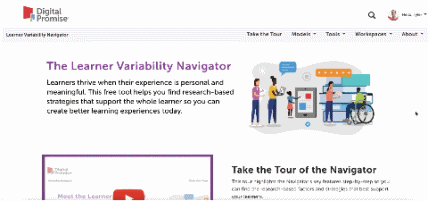Direct Instruction: Vocabulary
Overview
Seeing and using new words repeatedly and in many contexts is critical for Vocabulary acquisition. In discussions, reading, and writing, teachers can provide students multiple opportunities to see, understand, and apply new Vocabulary words, as well as chances to use strategies for identifying unfamiliar words.
Example: Use This Strategy In in the Classroom
Design It into Your Product
Factors Supported by this Strategy
More Instructional Approaches Strategies
Writing can become personally meaningful when students have an actual audience and a real purpose for communicating with that audience.
When teachers provide explicit instruction in comprehension strategies and model when to use them, students learn how to flexibly apply them to make meaning of texts.
Explicitly teaching strategies for different genres, like narrative or persuasive writing, helps students write for different purposes and audiences.
Teaching students how to create and use strong keywords for Internet searching is critical for helping them know how to find accurate, relevant information.
Formal spelling instruction improves not only students' spelling skills but also their reading skills.
Research shows that, along with traditional reading comprehension strategies, students use unique strategies to read the non-linear, hyperlinked structure of online texts.
Explicitly teaching strategies for planning, writing, and revising texts improves students' writing quality.
In guided inquiry, teachers help students use their own language for constructing knowledge by active listening and questioning.
Independent reading promotes literacy by emphasizing student choice with teacher support in selecting books, as well as by making time for free reading.
Through short but regular mindfulness activities, students develop their awareness and ability to focus.
Instruction in multiple formats allows students to activate different cognitive skills to understand and remember the steps they are to take in their literacy work.
Using multiple methods of assessment can help educators gain a comprehensive understanding of learner progress across a wide range of skills and content.
Helping students think about what they know about the topic of upcoming work helps activate their Background Knowledge or reveals gaps.
When students read models of the type of writing they are doing, they can identify effective elements to incorporate in their writing.
Through one-on-one conferences, teachers can provide individual support to each student to deepen comprehension and interest in reading.
A strengths-based approach is one where educators intentionally identify, communicate, and harness students' assets, across many aspects of the whole child, in order to empower them to flourish.








